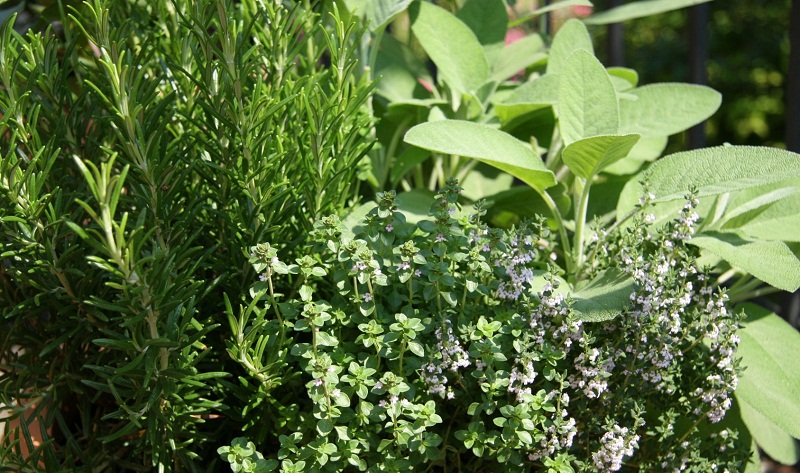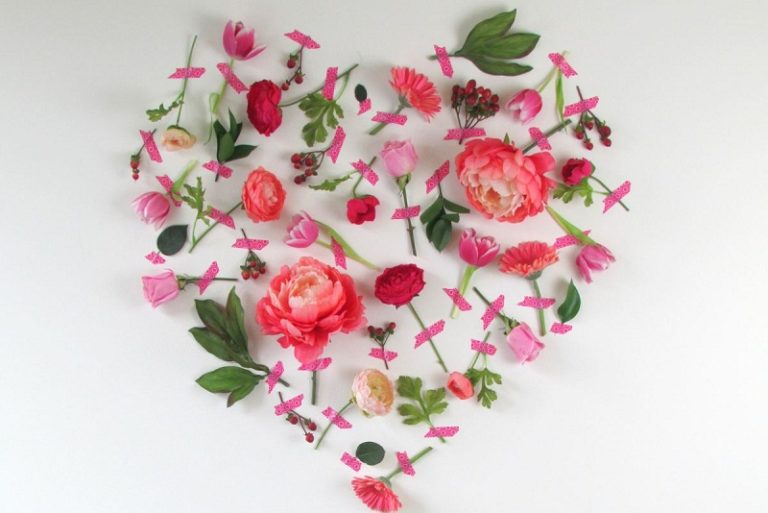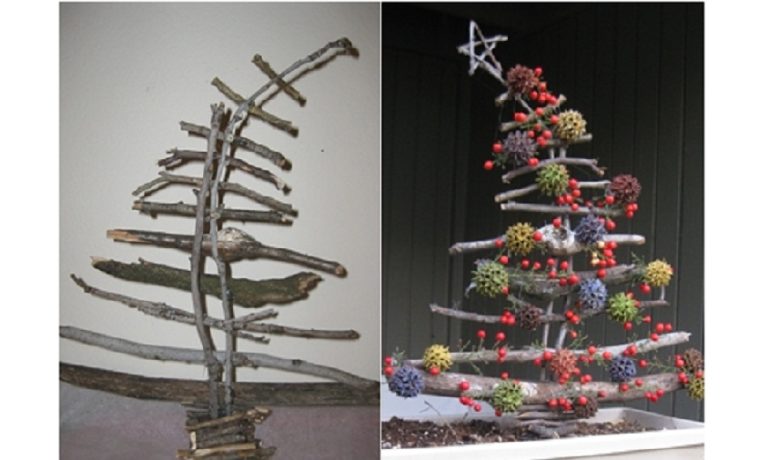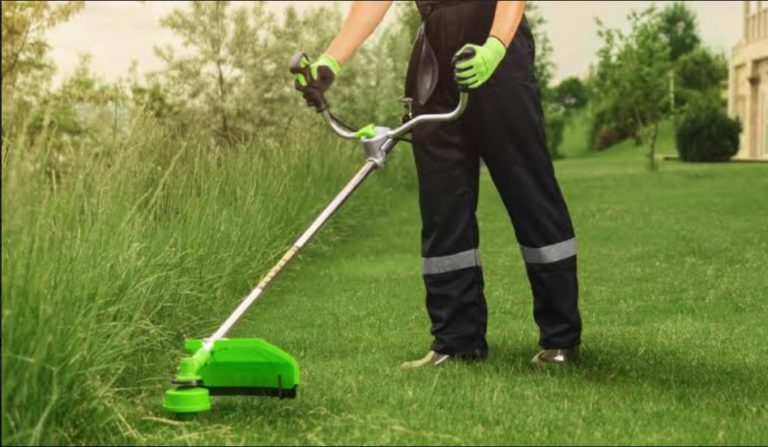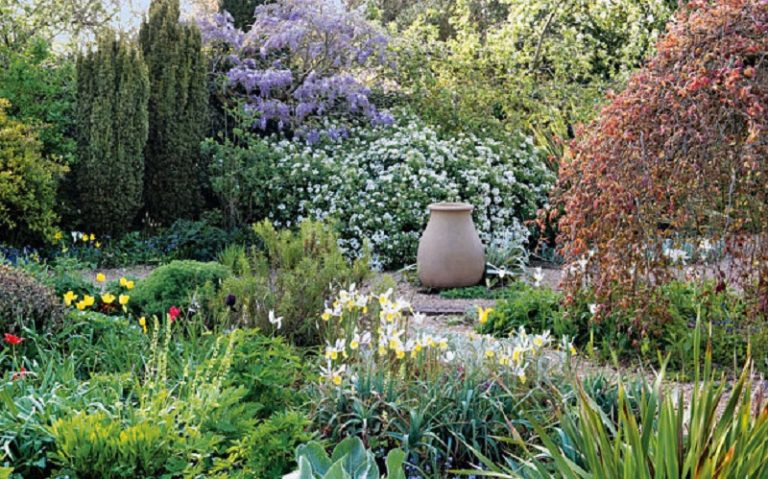Spicy herbs in the garden
The spice bed is an interesting landscape object, one of the elements of a beautiful and practical garden.
Spicy herbs in the garden are perennials and annuals from which you can create whole original compositions that will emphasize your landscape design.
A bed of herbs in the garden can be placed in any sunny or semi-sunny (under the influence of solar heat, they will release aromatic substances and smell especially strong) place, whether it is a recreation area, or a garden, or a vegetable garden, or a flower bed. It will be appropriate anywhere. A bed of herbs in the garden can be laid out of stone in the form of a spiral, you can make a raised flower bed of any shape or simply overlay it with beautiful stones. If there is no space for a bed, plant herbs in pots and make a container bed of spices.
The effect of herbs on other plants:
- Lavender repels aphids (aphids) from roses.
- A dense border of flowering thyme around the vegetable bed protects against snails and slugs.
- Chives are not only very decorative with capitate pink-purple inflorescences, but can serve as an elegant border that prevents damage to flower perennials by powdery mildew, and strawberries by gray rot.
- Some spicy plants serve as natural activators of the taste of their neighbors. For example,
Yarrow makes carrots sweet, and in combination with chamomile increases the content of essential oils in carrots, root parsley, parsnips.
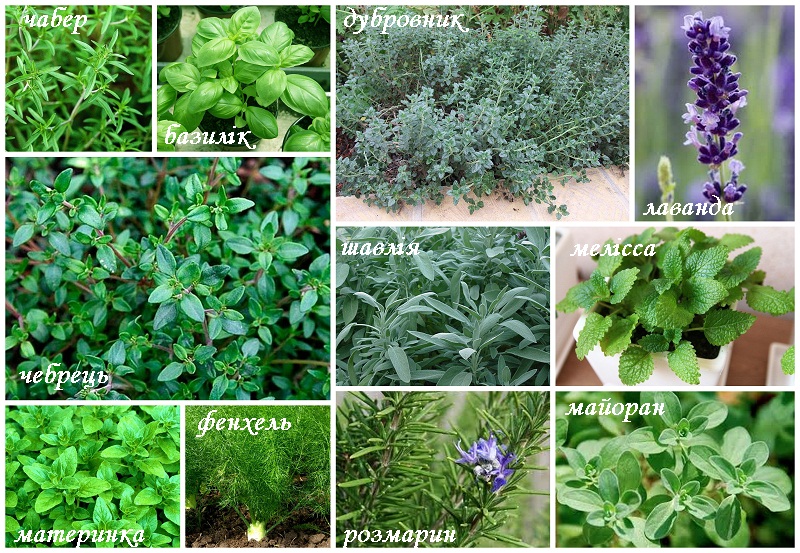
What to plant in a spice bed? Spice bed plants:
fennel;
Melissa;
thyme (white or pink);
oregano (oregano);
sage;
savory;
Dubrovnik;
mint.
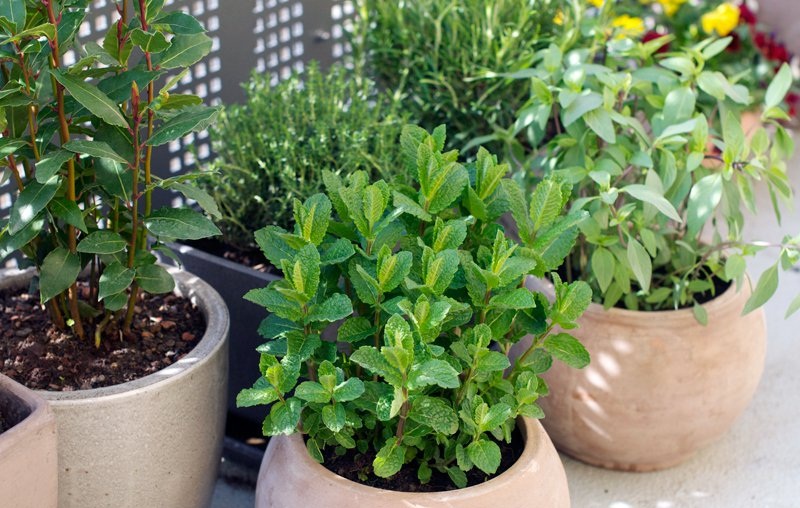
Caring for herbs in the garden
Caring for herbs is easy. You just need to weed, water in a timely manner, feed, trim and watch over the reproduction of herbs.
When arranging a spicy bed, it should be borne in mind that some plants, for example, lemon balm, thyme, oregano, mint, grow over time and can displace other plants. Therefore, their growth should be controlled from the very beginning. This can be done by cutting, providing additional area for growth, or limit the spread of roots with slabs, bricks, pots and other improvised material.
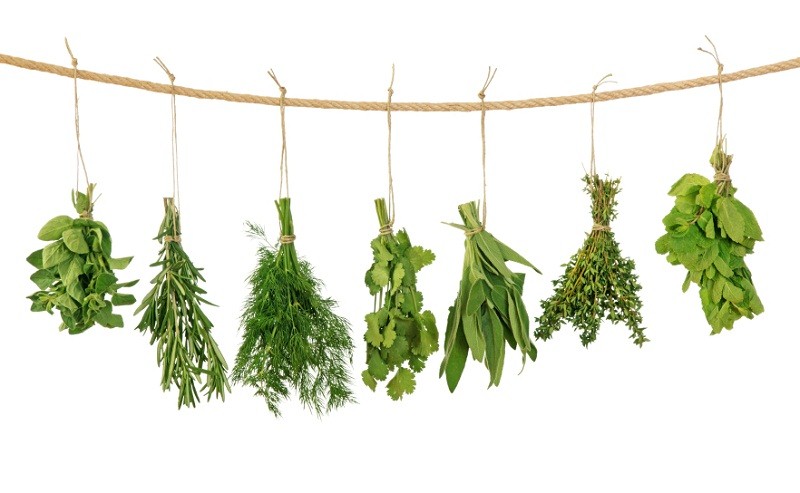
Collection of herbs
The collection of herbs must be carried out at the time of the highest content of essential oils in them, as a rule, before budding, since after that the plant mainly directs all its forces and juices to the formation of flowers and seeds. The best time to harvest is shortly before the flowering of the plants, after a fairly long period of warm and sunny days. If you need flowers and seeds, collect fragrant herbs during their flowering or shortly before the seeds ripen.
Ideas for using stones in the garden, video:
The most favorable time to collect herbs:
- lemon balm, coriander greens, fennel, dill, wild garlic are harvested before flowering;
- at the beginning of flowering – peppermint, thyme, marjoram, sage and savory;
- during flowering – oregano, yarrow, chamomile, lavender, arnica;
- shortly before the seeds ripen – coriander seeds, fennel, cumin, dill.
It is necessary to collect herbs only in good dry weather, in the morning or in the evening, when the dew has already disappeared from the leaves. It is advisable not to water spicy herbs on the eve of harvesting, but after harvesting, for better growth of new leaves or stimulation of new inflorescences, it is necessary to water well.
Properly dried herbs crumble easily to the touch and have a pleasant muted green or other natural color.
It is better to store dry raw materials in glass containers with airtight lids.
Plant herbs in the garden and treat your guests to fresh, aromatic tea.

